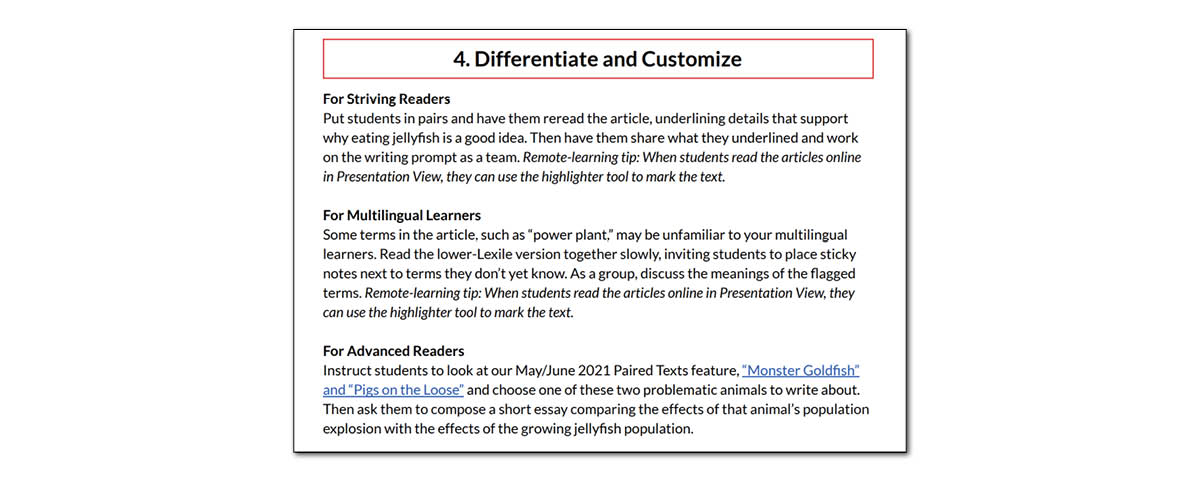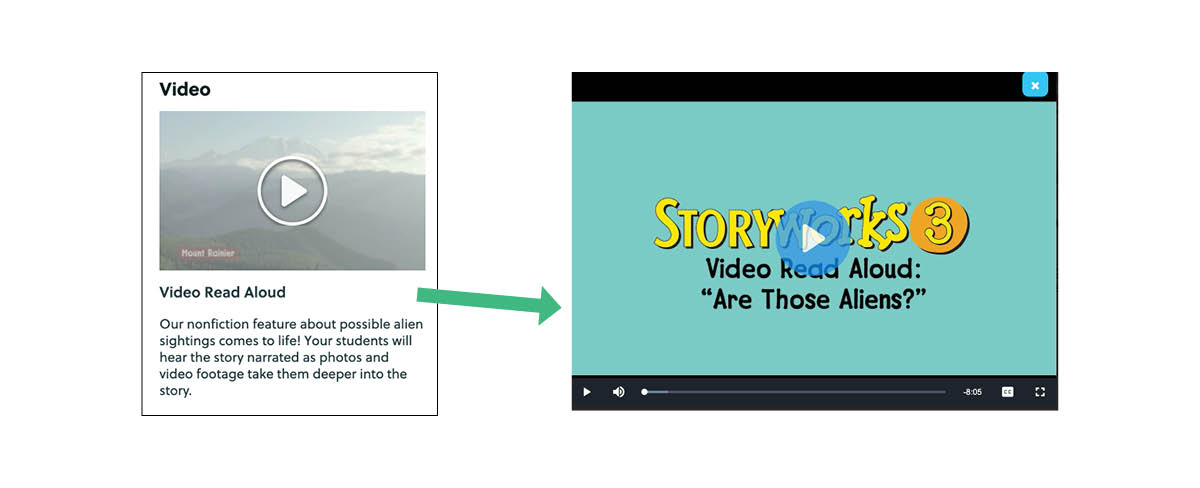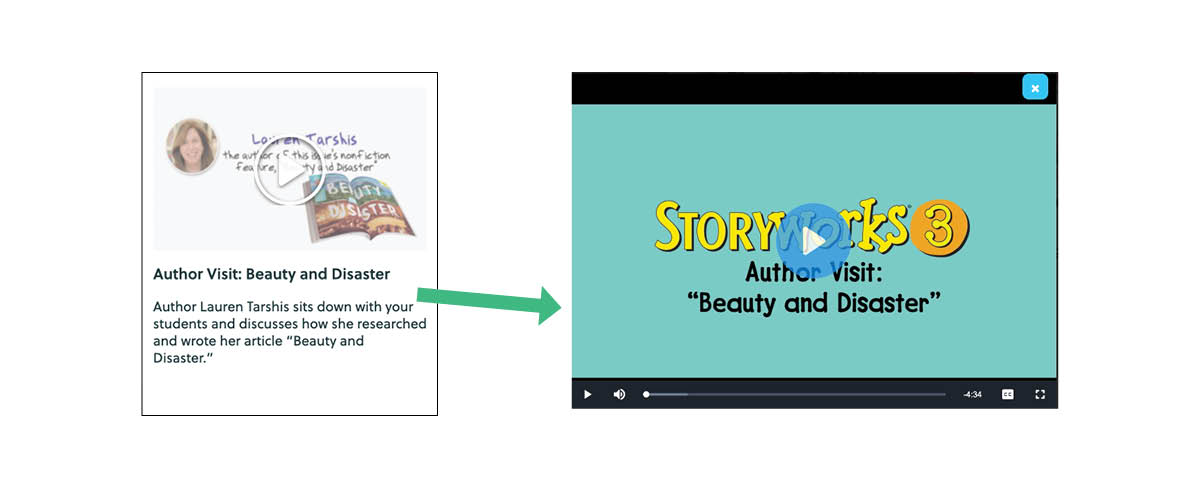Supporting Multilingual Learners
Supporting Multilingual Learners
Storyworks 3 provides a rich array of tools to support the multilingual learners in your classroom. These include:

Articles available in lower-Lexile versions. Our nonfiction, paired texts, and Time Machine features are available in easier-to-read versions at Storyworks 3 Digital. Students can toggle to the simpler text onscreen or you can print versions of these lower-Lexile versions so they look similar to the article that’s in the magazine. The nonfiction features are also available in a 2-page Starter version that’s pared down for beginner readers.

Audio versions of articles to support comprehension. These are read aloud by the writers and editors of Storyworks, modeling fluency and expression – and providing a pleasurable listening experience! Available for on-level and lower-Lexile versions. On Presentation View, you can listen to these read-alouds while the words are highlighted on a projectable version of the article.
Text-to-speech for every article on the website. As a computerized voice reads, each word is highlighted on the screen for readers to follow along. You’ll find the Text-to-Speech button on the left side of any article.
Want to learn more about these audio offerings? Click here for more info.

Differentiation ideas for multilingual learners in our lesson plans. Every lesson plan includes a helpful tip in the Differentiate and Customize section. These typically focus on unlocking vocabulary, grammar, sentence structures, or background knowledge that will help multilingual learners access the text.

Video read-alouds for every nonfiction feature to model fluency. Students can hear the article read aloud while photos and video footage take them deeper into the story. Click here for an example.

Behind-the-Scenes videos to build background knowledge. Many of our nonfiction features are accompanied by knowledge-building videos, giving students the background information they need to know to understand the article. Click here for an example.